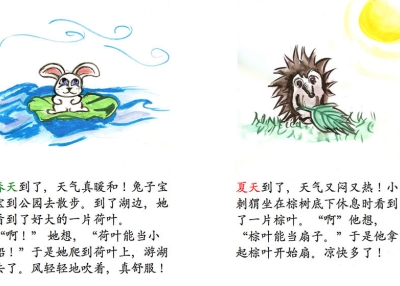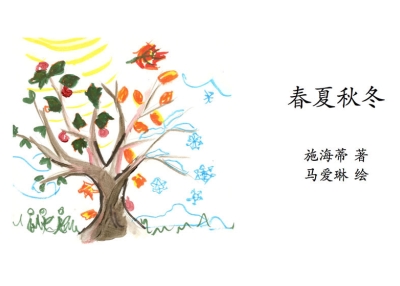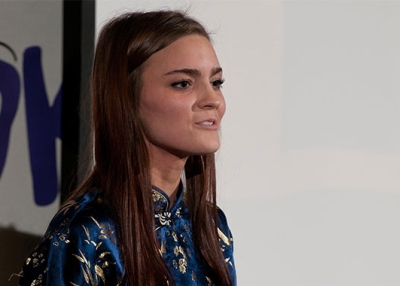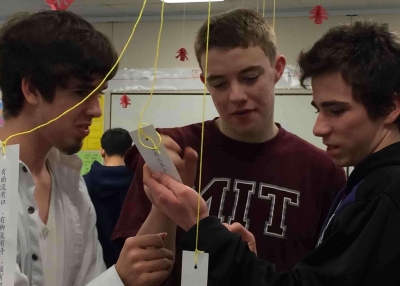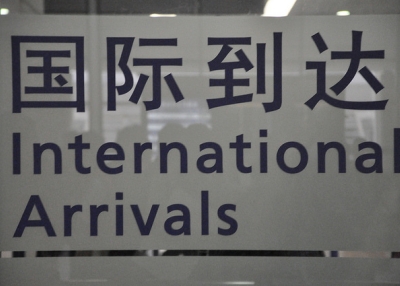China Night: An Annual Performance That Enhances Learning. PART II
Preparation and Student Engagement
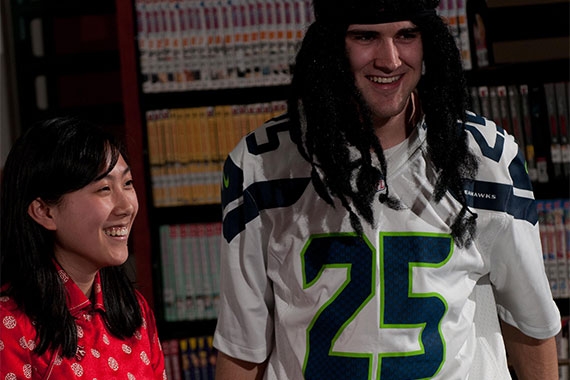
In part I of this article, Heidi reflected on the purpose of China Night. In part II, below, she lays out the preparation involved to achieve a successful event.
Maintaining a Target Language Classroom During the Mini-Term
We hold our performances in early to mid-February. This way, the Chinese 1 students have learned enough that they are able to actively participate.
In order to support students in using the target language during the China Night mini-term, we begin the term by learning the vocabulary and phrases that are essential for discussing, planning, and rehearsing a performance. These language items range from verbs, such as “rehearse” and “recite” and “publicize” to nouns such as “opening speech,” “intermission,” and “decorations.” In order for students to internalize and use this language, they must use it consistently from the very beginning of the mini-term. While there are times in the mini-term when I allow students to speak in English, we maintain the target language most of the time, which means that at the end of the term, students’ Chinese level is higher than it was when the term began, and the students feel a great sense of accomplishment when they discover that they can use Chinese to do the real work of getting ready for a show.
Additionally, I do not assign grades for any part of China Night. This creates a culture in which we all participate as a learning community. For many students, it is the highlight of the year and something they remember vividly after they leave the program.
Preparation
Students work in committees to prepare for China Night. They are not required to participate in a committee, but those who do receive extra credit. (After the performance, they assess their personal level of involvement in committee work and give themselves 1 to 4 points.) At the start of the mini-term, I put a list of the committees up on the screen in Chinese, and describe each one, using mime, drawing, and so on to help students comprehend the meanings. Once they understand what each committee does, students volunteer for the ones they want to participate in. We have the following committees:
- Technology: Students handle the audio/visual equipment and run the slide show and the lights during the performance.
- Publicity: One student on this committee creates the publicity poster (both the original artwork and the layout), and all of the committee members work together to put up posters and hand out flyers, put the announcement on the school reader board, in the morning announcements, and so on.
- Food: Students research Chinese recipes and prepare the food at home. During the performance, the committee members come onstage right before intermission and describe the foods they made, pointing out any ingredients that people may be allergic to.
- Decorations: Students decorate the venue with banners, lanterns, lights, their own artwork, and table decorations. They also work with the food committee to decorate the food tables.
- Program: Students take the entire list of pieces we will perform and re-arrange it to create the set list, ordering the pieces to create a natural flow. This committee typically only has two to four students. Depending on the students’ experience with layout, either they lay out the printed program or I do.
- Music: All of the students who play instruments for the show participate in this committee. They arrange the music and practice their pieces both during and outside of class.
Once students have volunteered for committees, I ask them to meet in small groups, and each committee selects a leader who then communicates with me throughout the mini-term about their progress and any support they need. During the term, I give the committees time to work together during class as needed.
Rehearsing and Final Performance
After we have determined most of the pieces for the performance, the remaining classes in the mini-term follow a workshop format. At the start of each class, I ask students to tell me what they think they need to work on most, and I share my top priorities (for example, I may want to work with a particular group to help them with a skit they are writing or work with the entire class on a group song). During class, groups divide up and practice in different parts of the classroom, in the hallway, in the band room, and so on. I roam from group to group, giving feedback and coaching. Sometime during the final week before the performance, we have one full rehearsal after school.
On the day of the performance, members of the decorations committee start working right after school to set up the venue. Right after they complete the setup, we hold a full dress rehearsal, break for dinner (I have pizza delivered to the school), and then the performance begins!
Despite the huge amount of effort required to produce two annual shows (one each at Gig Harbor and Peninsula High Schools), I am repaid in full for my efforts every time I see the sense of ownership my students feel for the performance and witness the exhilaration on their faces as they take their final bow. And on the first day of class after the performance when I hear students excitedly chattering about ideas for next year’s show, I am rejuvenated once again and find myself eagerly anticipating next year’s China Night right along with my students.
Interested in starting a China Night at your school and have questions? Contact Heidi Steele at [email protected].

